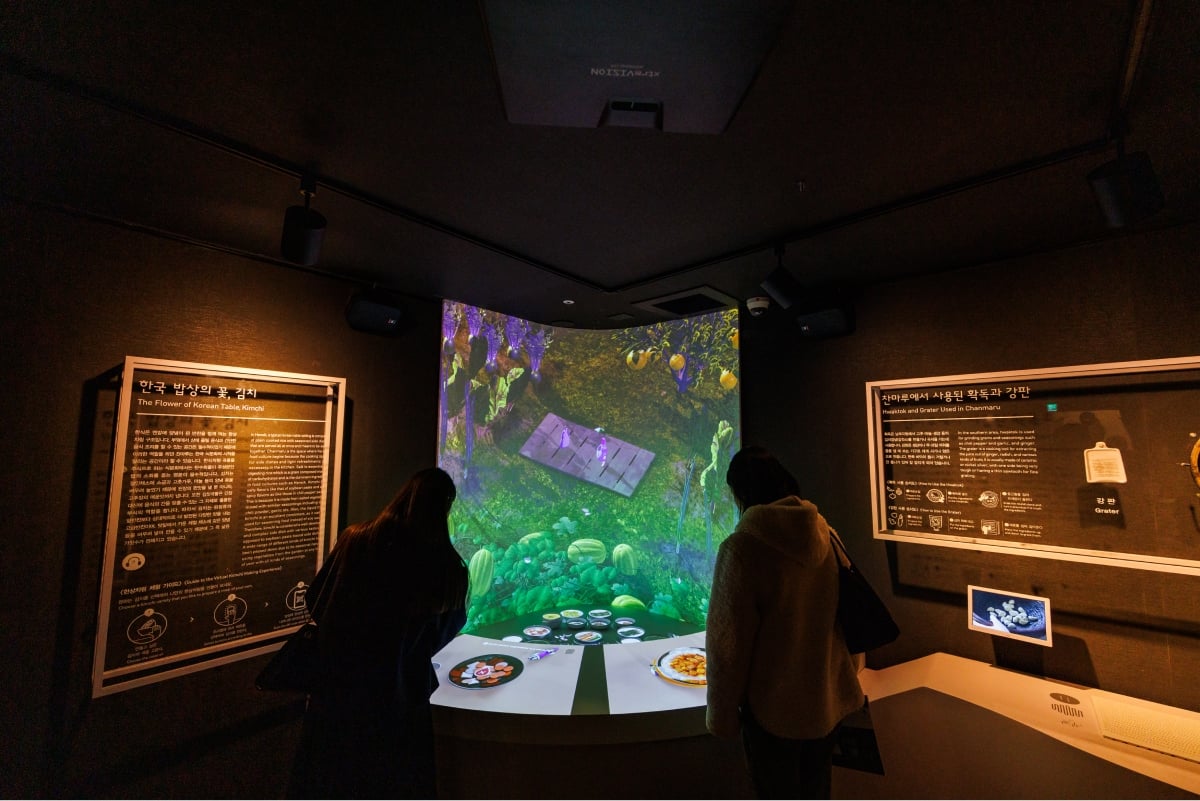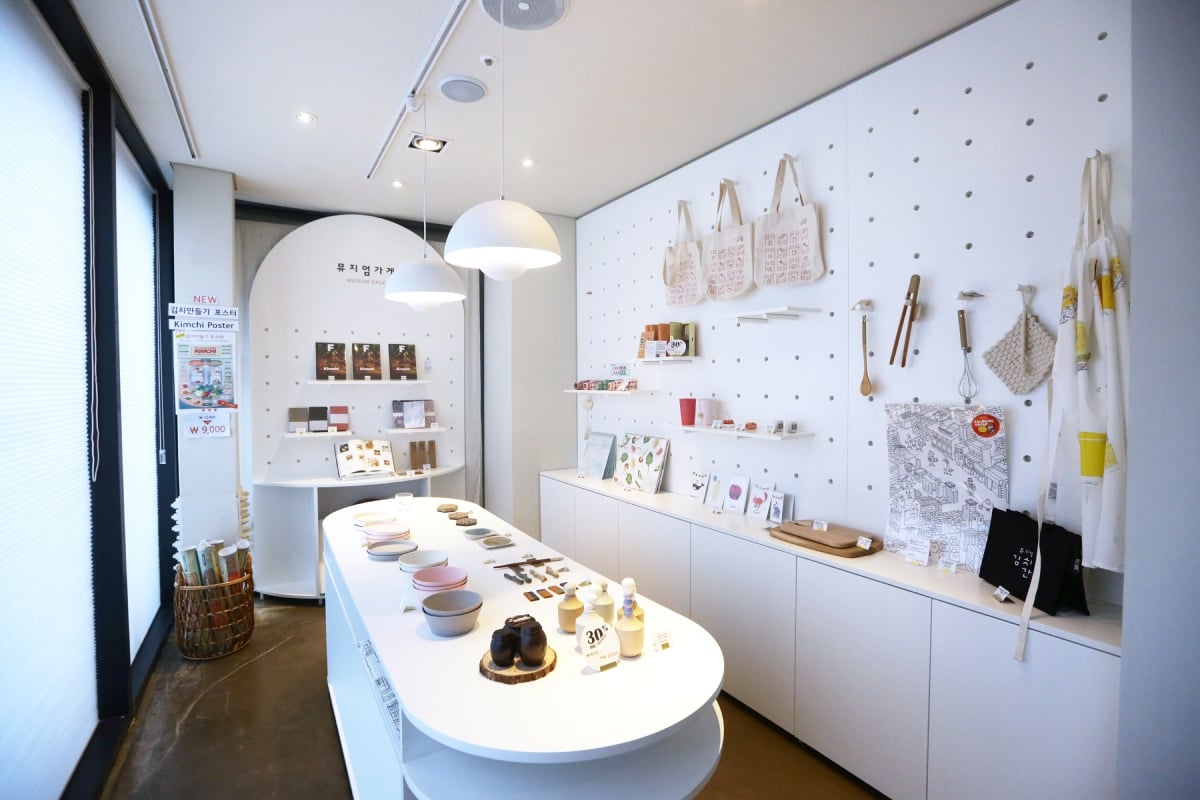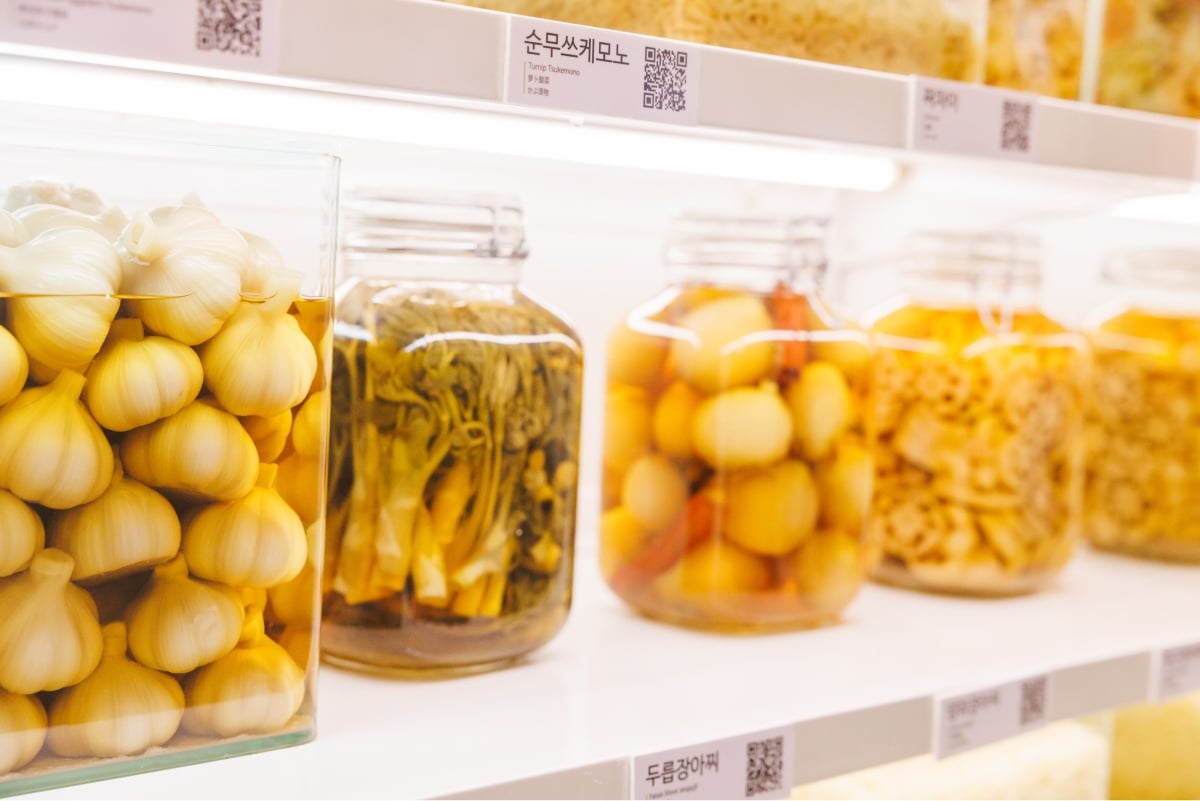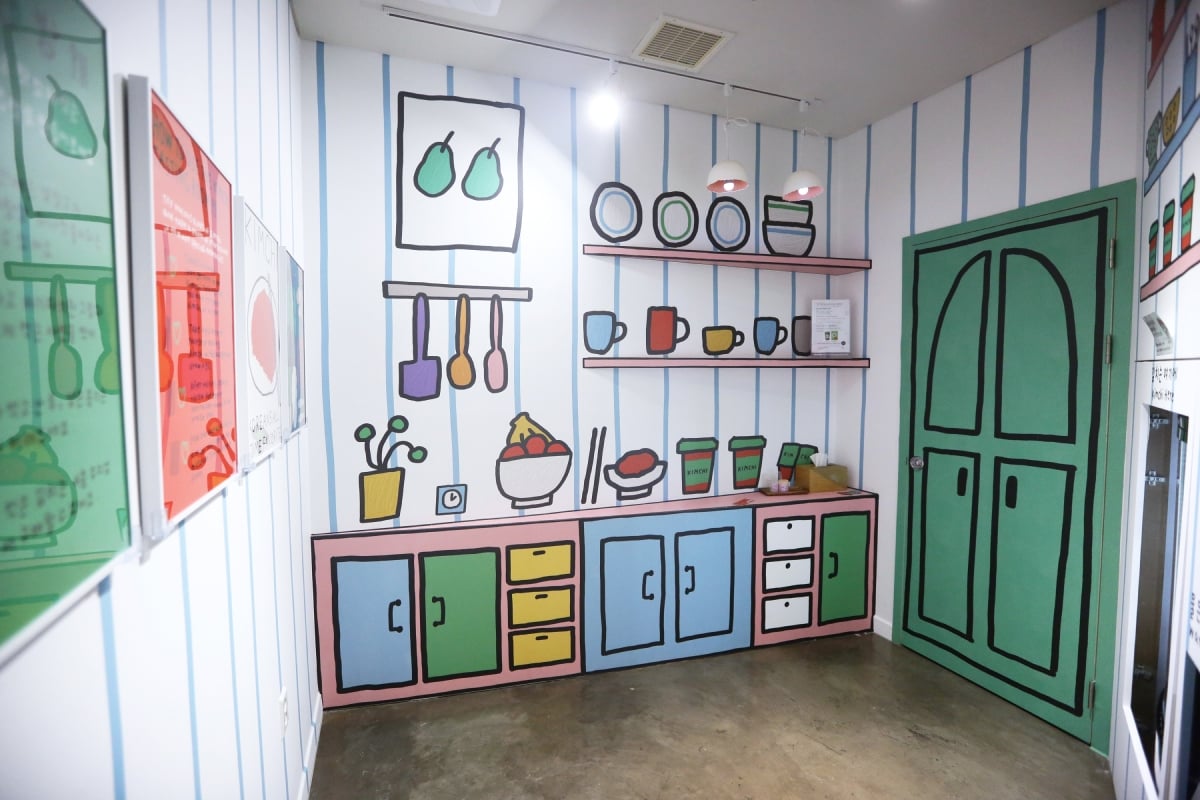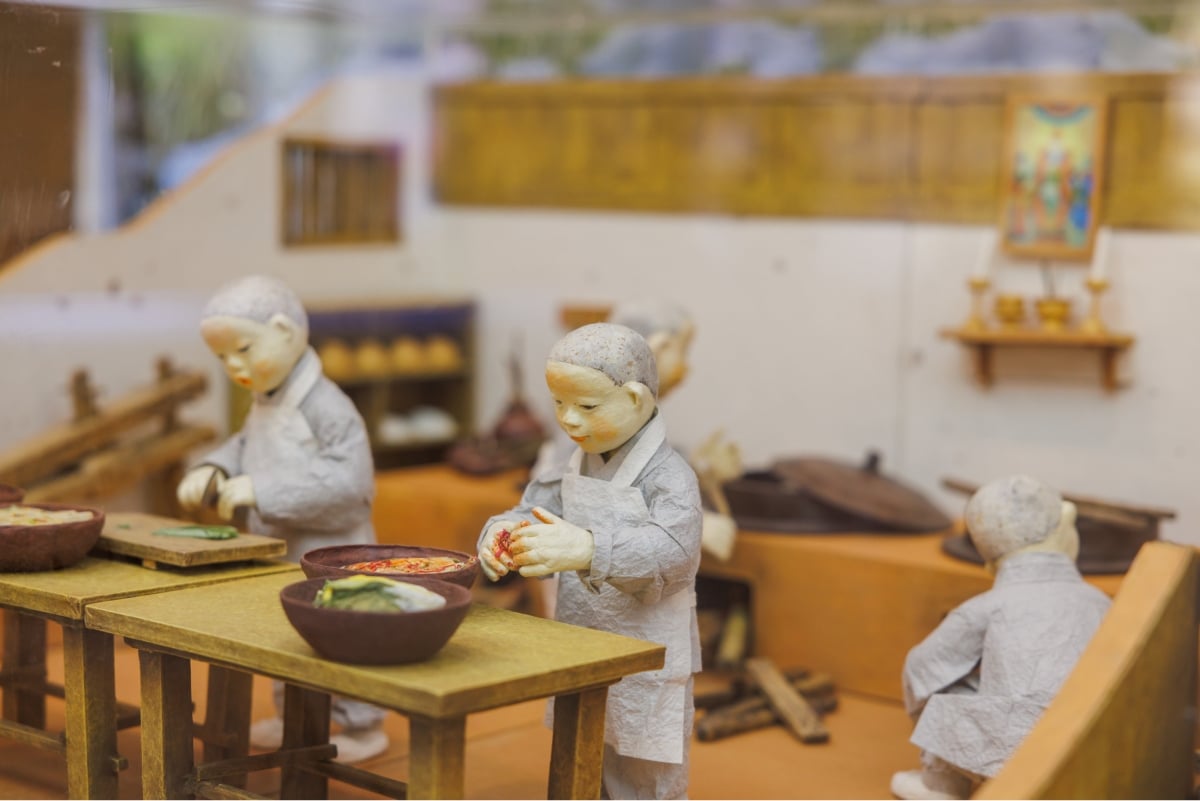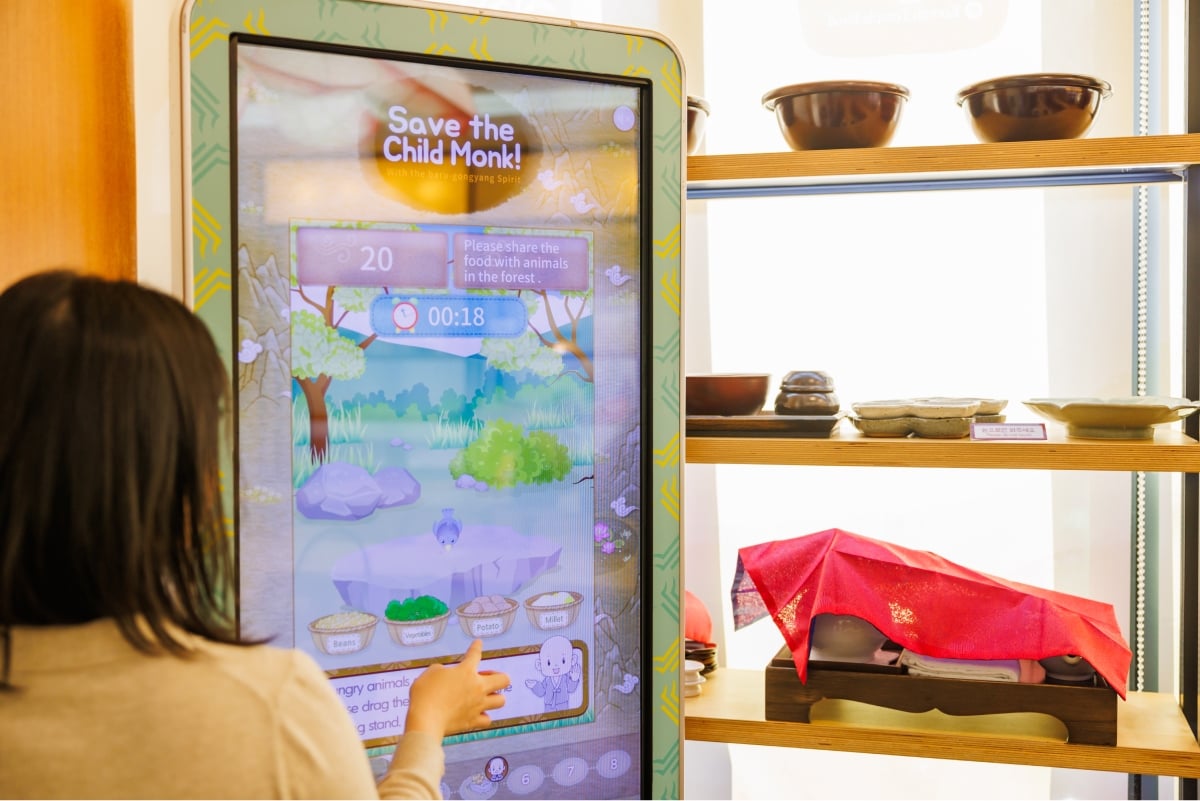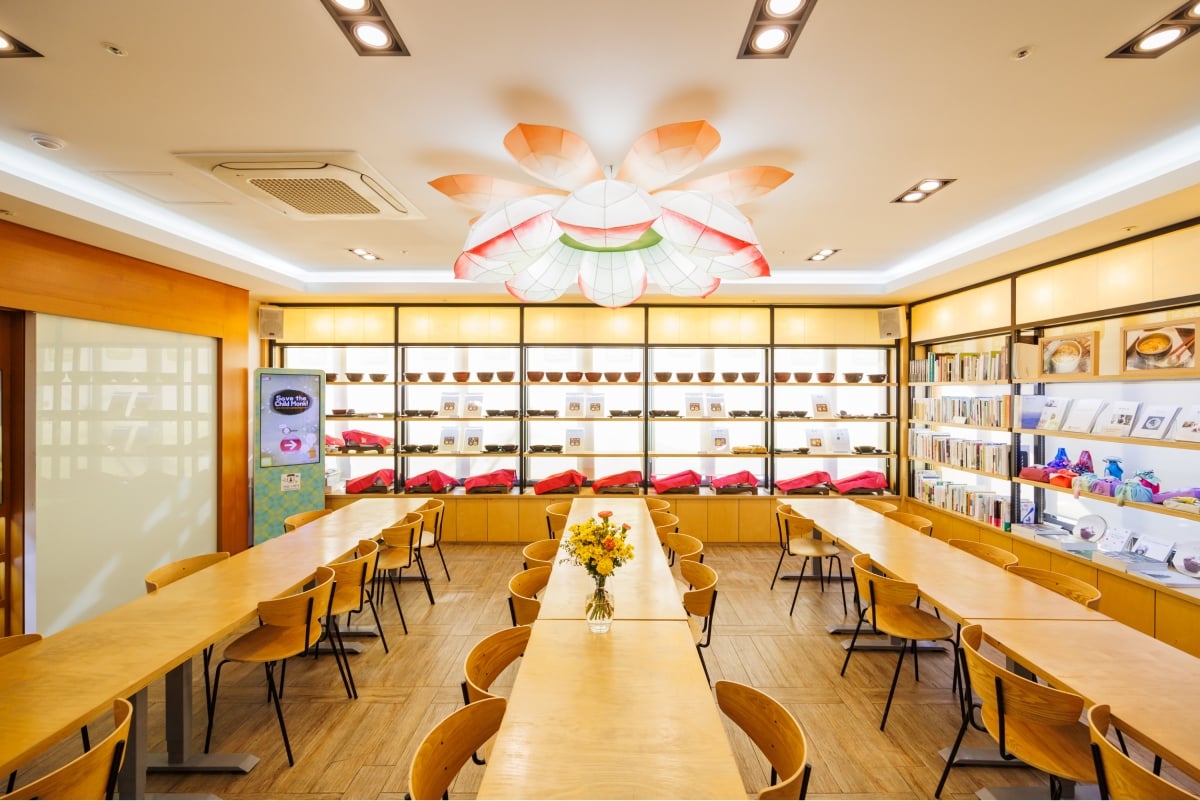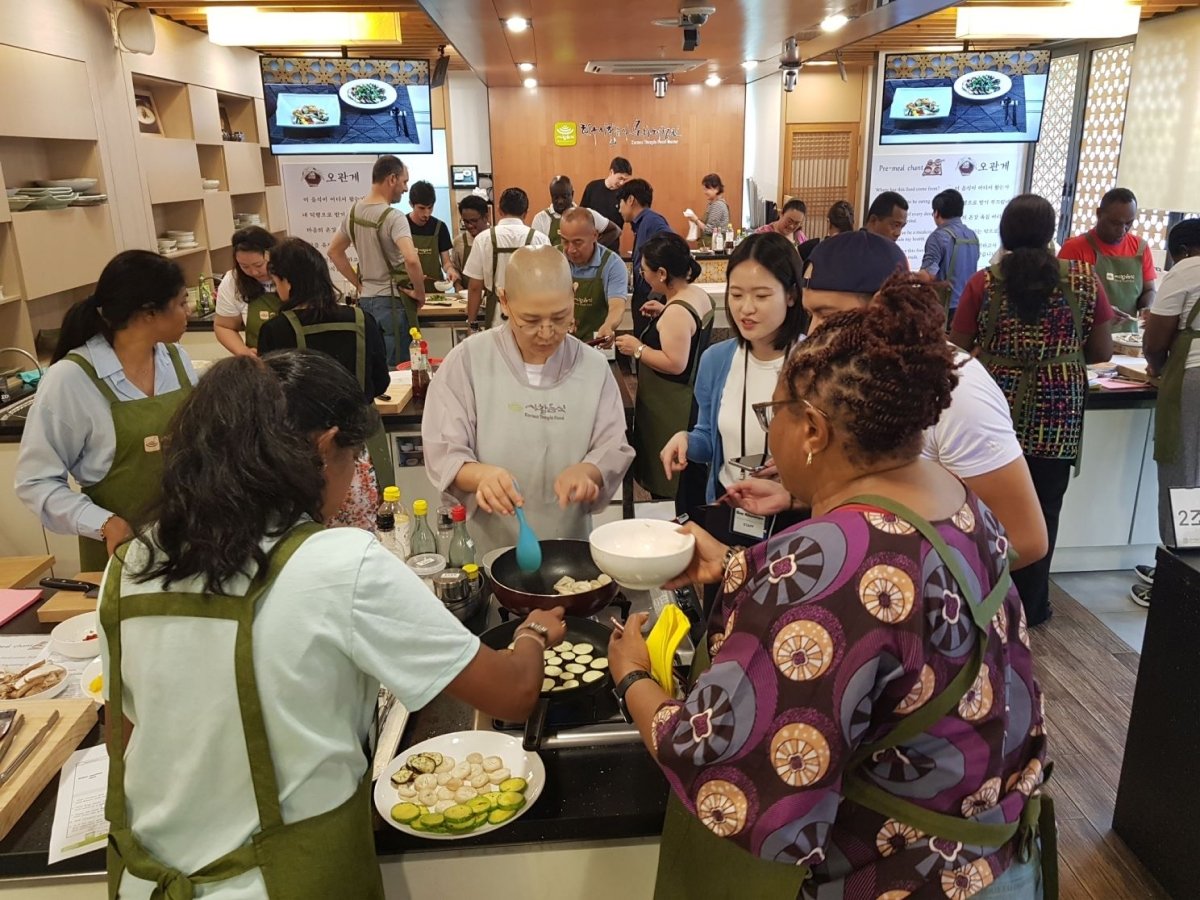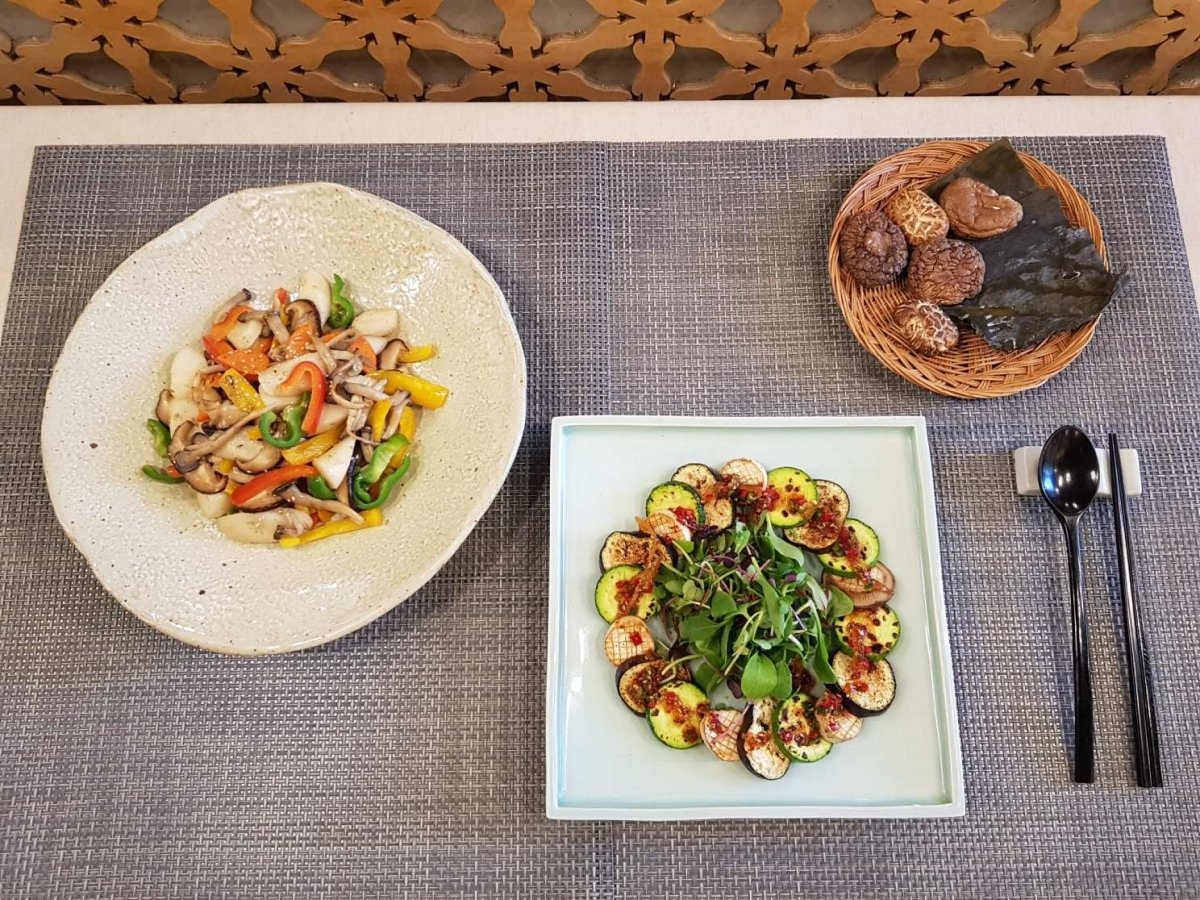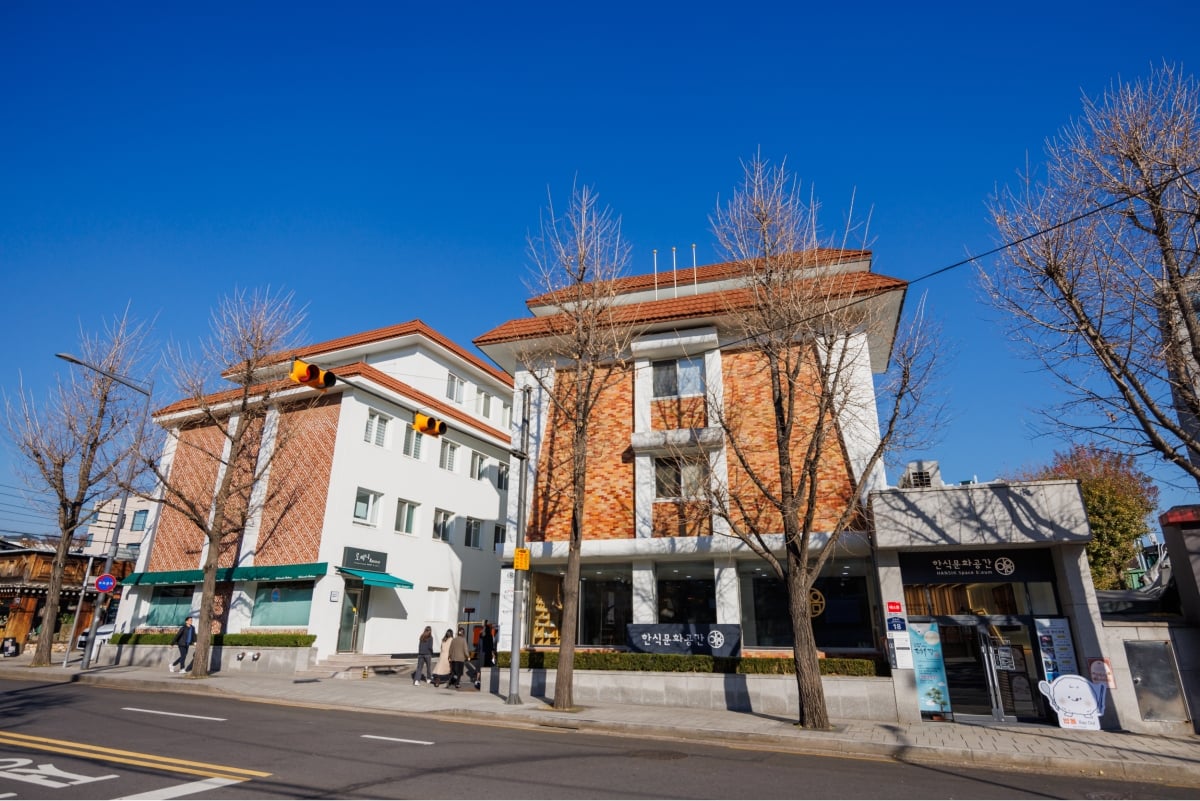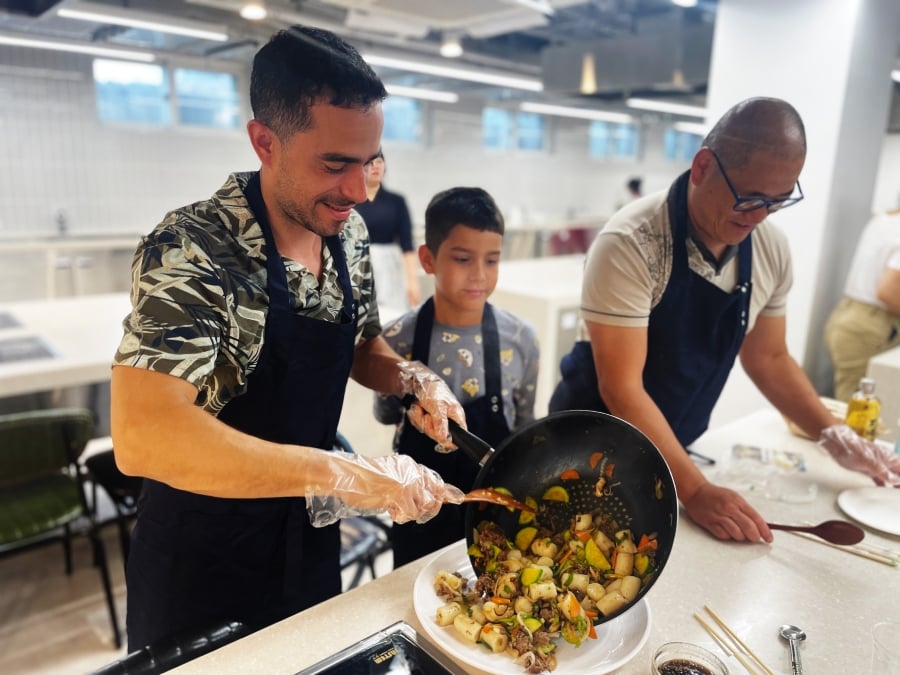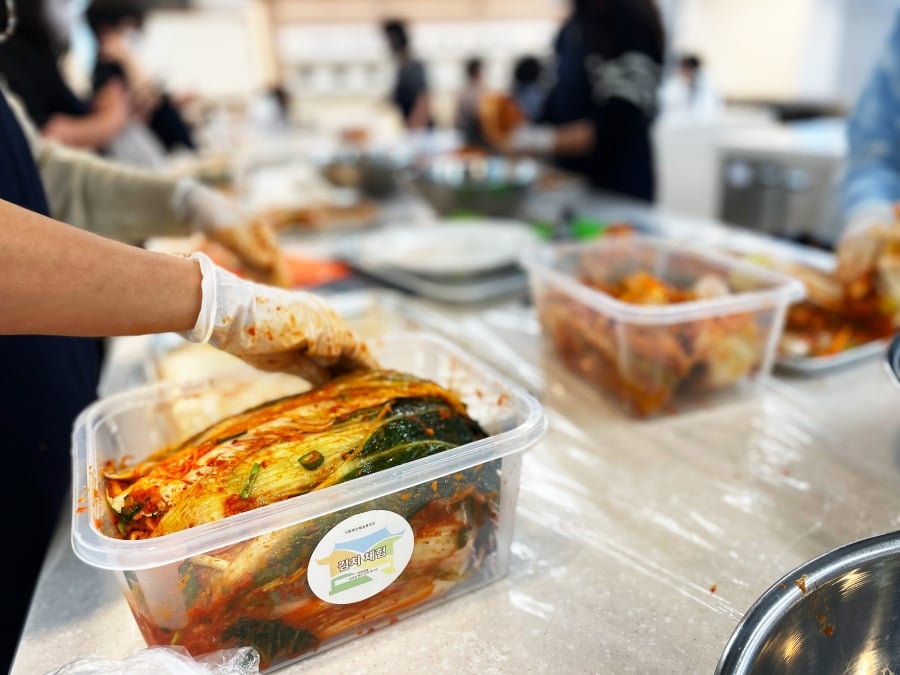Experience Making Korean Foods First-Hand
Learn More About Korean Food Culture
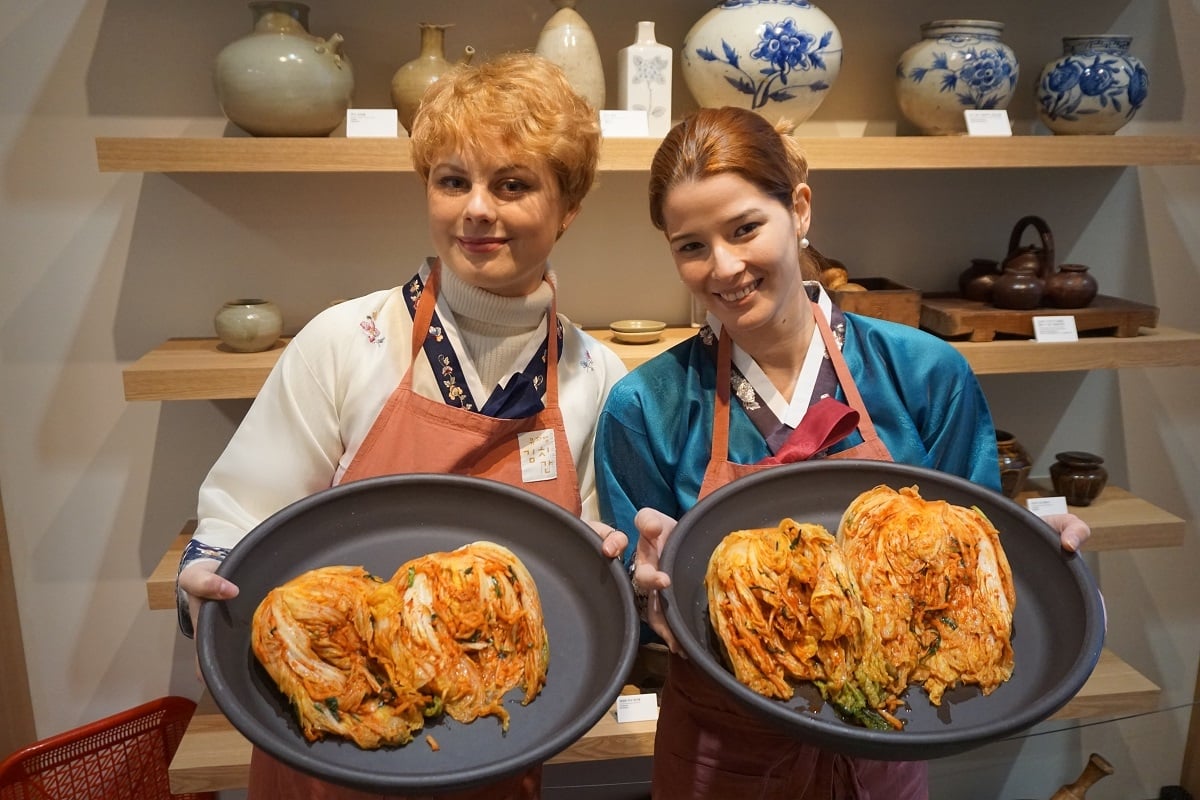
Participating in an experience program where you can make your own Korean food can be a great way to learn more about Korean food culture. There are a variety of programs available for both Koreans and foreigners, including making Kimchi and Temple Food.
Fun Kimchi Making Experience
Museum Kimchikan
Kimchi is perhaps the most well-known and loved Korean food. Kimchi is now capturing the taste buds of people around the world as a healthy choice of food. Established in 1986 in Seoul, Museum Kimchikan is a museum dedicated to Kimchi. It was acquired by the Korean food company Pulmuone in the following year and has been operated by the company ever since. Kimjang, which refers to the Korean tradition of making and sharing of Kimchi, was inscribed in UNESCO Intangible Cultural Heritage of Humanity in 2013. Museum Kimchikan was named as one of the 11 world’s top food museums by CNN. Museum Kimchikan offers experience programs where you can make kimchi for yourself in addition to learning the history and culture of Kimchi first-hand.
Museum Kimchikan is comprised of three floors, occupying the 4th to 6th floors of the building. The Information Desk is on the 4th floor, where you can buy the ticket and enter “Kimchi Madang,” which features the history of Kimchi and the science behind food fermentation. It also features a reproduction of a traditional Korean kitchen. You can also play Kimchi-related games on the Kimjang Play Table. The museum also runs a souvenir shop for visitors to buy some Kimchi-related goods such as kimchi magnets as well as kimchi.
There are a number of sections on the 5th floor such as “Kimchi Study Room” where you can watch videos of Kimchi-making, “Four Seasons of Kimchi” with paper arts and crafts illustrating various types Kimchi that are made with seasonal ingredients, and “Kimchi Storeroom” where real life Korean Kimchi and other types of fermented vegetables from around the world are on display. There is a QR code next to each of the names of the fermented vegetables in Kimchi Storeroom that you can scan with your mobile device for recipes and ingredients you will need to make them yourself.
The “Room Dedicated to UNESCO Intangible Cultural Heritage” on the 6th floor of Museum Kimchikan has “Kimchi Archive” dedicated to the culture and images of kimchi, and at “Kimjang Maru,” visitors can participate in Kimchi Cooking classes. There is also a room where you can taste various types of Kimchi. Museum Kimchikan doesn’t have an English-speaking docent on standby. However, the museum offers a docent tour for group tourists in Korean, at which time an English interpreter accompanies the tourists and interpret what the docent is saying. For individual tourists, the museum offers a free audio guide app in both Korean and English for you to download and use on your mobile devices.
Museum Kimchikan offers experience programs designed for foreigners who want to learn how to make Kimchi. The programs are called “Kimchi! Basic” and “Kimchi! Master,” which are available from Wednesday to Friday every week. If you want to join one of these programs, make sure to call Museum Kimchikan in advance because programs/classes open only when there are enough participants.
| Kimchi! Basic | Kimchi! Master | |
|---|---|---|
| Operating Hours |
Wednesday-Friday / 10:20-11:20, 14:20-15:20 |
Wednesday-Friday / 10:20-11:50, 14:10-15:40 |
| Program Description |
Mar-May: Make Kimchi + Taste 1 Type of Kimchi Dish Jun-Nov: Make Diced Radish Kimchi + Taste 1 Type of Kimchi Dish Dec: Make Kimchi + Taste 1 Type of Kimchi Dish |
Mar-May: Make Kimchi + Make 1 Type of Seasonal Kimchi + Taste 1 Type of Kimchi Dish Jun-Nov: Make Diced Radish Kimchi + Make 1 Type of Seasonal Kimchi + Taste 1 Type of Kimchi Dish Dec: Make Kimchi + Make 1 Type of Seasonal Kimchi + Taste 1 Type of Kimchi Dish |
| Languages Available |
English | |
| Class Capacity |
Minimum of 4 people – Maximum of 24 people | |
| Fee | KRW 35,000 per Person (Admission fee included) |
KRW 45,000 per Person (Admission fee included) |
| Note | 1) Reservation Requirements: The experience program you want to participate, date and time of your participation, number of participants, types of allergies you have, your email address, and your phone number in Korea. 2) Cancellation of Reservation and Changes in the Number of Participants: The number of participants cannot be changed less than 6 days before the experience program. 3) Minimum number of participants must be at least 4 people. The program will not open if there are less than 4 participants. (Additional Information) 4) A container for you to take your kimchi will be provided. | |
| Reservation | 1) Make a reservation by sending an email to [email protected] 2) Your reservation will be confirmed after the schedule is set. 3) You need to reply to the reservation reminder email that will be sent to you 10 days before the experience program. (Your reservation will be automatically canceled if you don’t reply to the email.) | |
* Starting from March 2024, this experience program will be available only for individual foreigners. For group experience programs, please visit the official website for more information.



